MF:C13H20N2O
MW:220.31
EINECS:211-957-0
Synonymes:astra1512 ;astra1515 ;Citanest;L 67;l67 ;n-(2-methylphenyl)-2-(propylamino)-propanamid ;o-Methyl-2-propylaminopropionanilide;o-Methyl-alpha-propylaminopropionanilide
Usage
Prilocaine topical may also be used for other purposes not listed in this medication guide.
For a variety of surgical epidural block and infiltration anesthesia Prilocaine topical is a local anesthetic (numbing medication).It works by blocking nerve signals in your body.Prilocaine topical is used to numb the skin, or surfaces of the penis or vagina, in preparation for a medical procedure or to lessen the pain of inserting a medical instrument such as a tube or speculum.
La description
Prilocaine is a local anesthetic of the amino amide type first prepared by Claes Tegner and Nils Lö Fgren.In its injectable form (trade name Citanest), it is often used in dentistry.It is also often combined with lidocaine as a preparation for dermal anesthesia (lidocaine/prilocaine or EMLA), for treatment of conditions like paresthesia.As it has low cardiac toxicity, it is commonly used for intravenous regional anaesthesia (IVRA).
Applications
Prilocaine topical is a local anesthetic (numbing medication).It works by blocking nerve signals in your body. Prilocaine topical is used to numb the skin, or surfaces of the penis or vagina, in preparation for a medical procedure or to lessen the pain of inserting a medical instrument such as a tube or speculum.
Procaine is a local anesthetic drug of the amino ester group. It is used primarily to reduce the pain of intramuscular injection of penicillin, and it is also used in dentistry. Owing to the ubiquity of the trade name Novocain, in some regions procaine is referred to generically It acts mainly by being a sodium channel blocker.Today it is used therapeutically in some countries due to its sympatholytic, anti-inflammatory, perfusion enhancing, and mood enhancing effects.Procaine was first synthesized in 1905,shortly after amylocaine.It was created by the German chemist Alfred Einhorn who gave the chemical the trade name , from the Latin nov- (meaning new) and -caine, a common ending for alkaloids used as anesthetics.It was introduced into medical use by surgeon Heinrich Braun. Prior to the discovery of amylocaine and procaine, was the most commonly used local anesthetic. Einhorn wished his new discovery to be used for amputations, but surgeons preferred general anesthetic. Dentists, toutefois, found it very useful. Einhorn was displeased by this and spent many years touring
dental schools to advise them not to use it.
spécification
| Nom du produit |
Prilocaïne |
| Alias |
2-(propylamino)-o-propionotoluidid, xylonest |
| Essai (%) |
≥ 99.00 |
Odeur |
Caractéristiques |
| Couleur |
Poudre cristalline blanche |
Point de fusion |
/ |
| Formule moléculaire |
C13H20N2O |
Masse moléculaire |
220.31 |
| Cas No. |
721-50-6 |
Numéro EINECS. |
211-957-0 |
| Standard |
USP / BP |
| Main Functions |
Local anesthetic. |
| Applications |
Pharmaceutical fields |
| Forfait |
Aluminum foil bag inside+ Carton box outside;1kg/bag,25kg/fût; |
| Durée de conservation |
36 mois |
| Espace de rangement |
Store in sealed containers at cool & dry place. Keep away from light, moisture, pest infestation. |
Other Related
| Anti-painingAnesthetic Anodyne |
| Nom |
CAS |
| Chlorhydrate de tétracaïne |
50-41-9 |
| Procaïne |
59-46-1 |
| Tétracaïne |
94-24-6 |
| Chlorhydrate de pramoxine |
637-58-1 |
| chlorhydrate de procaïne |
1951-5-8 |
| Lidocaïne |
137-58-6 |
| Chlorhydrate de dibucaïne |
1961-12-1 |
| prilocaine |
721-50-6 |
| Chlorhydrate de propitocaïne |
1786-81-8 |
| Chlorhydrate de proparacaïne |
5875-6-9 |
| Linocaine hydrochloride |
6108-05-0 |
| Chlorhydrate d'articaïne |
23964-57-0 |
| Chlorhydrate de lévobupivacaïne |
27262-48-2 |
| Chlorhydrate de ropivacaïne |
132112-35-7 |
| Bupivacaine |
2180-92-9 |
| Chlorhydrate de bupivacaïne |
14252-80-3 |






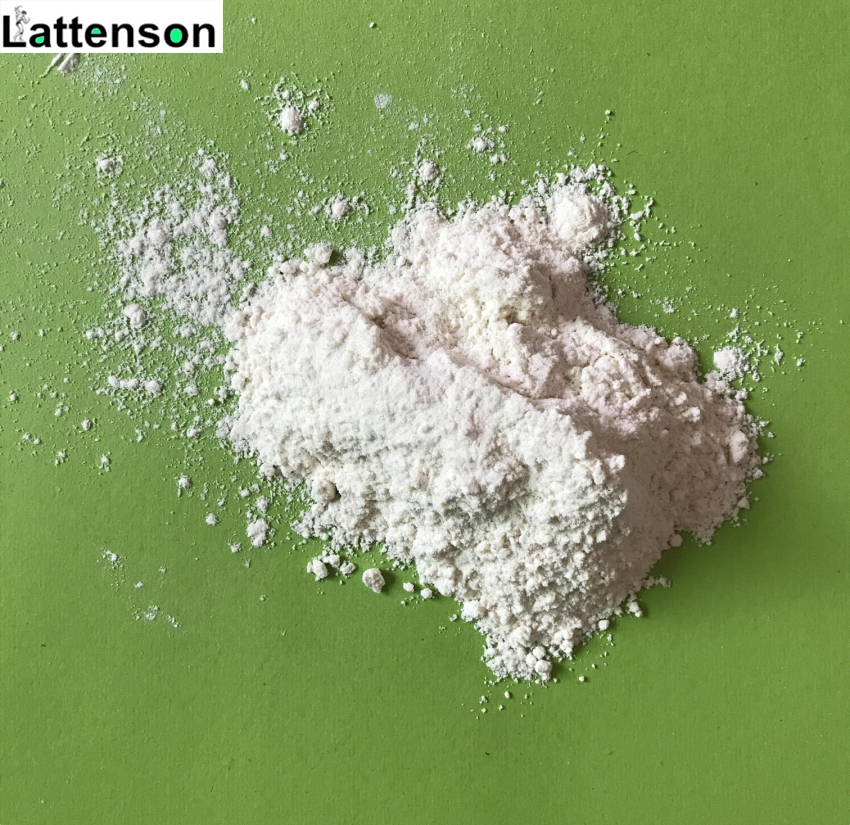
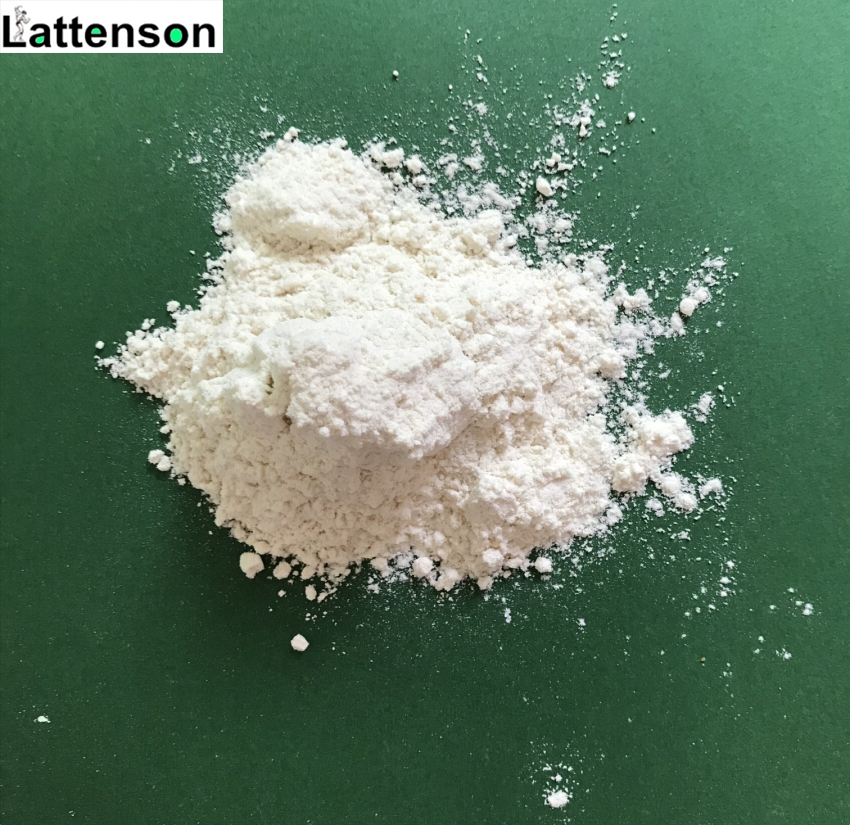
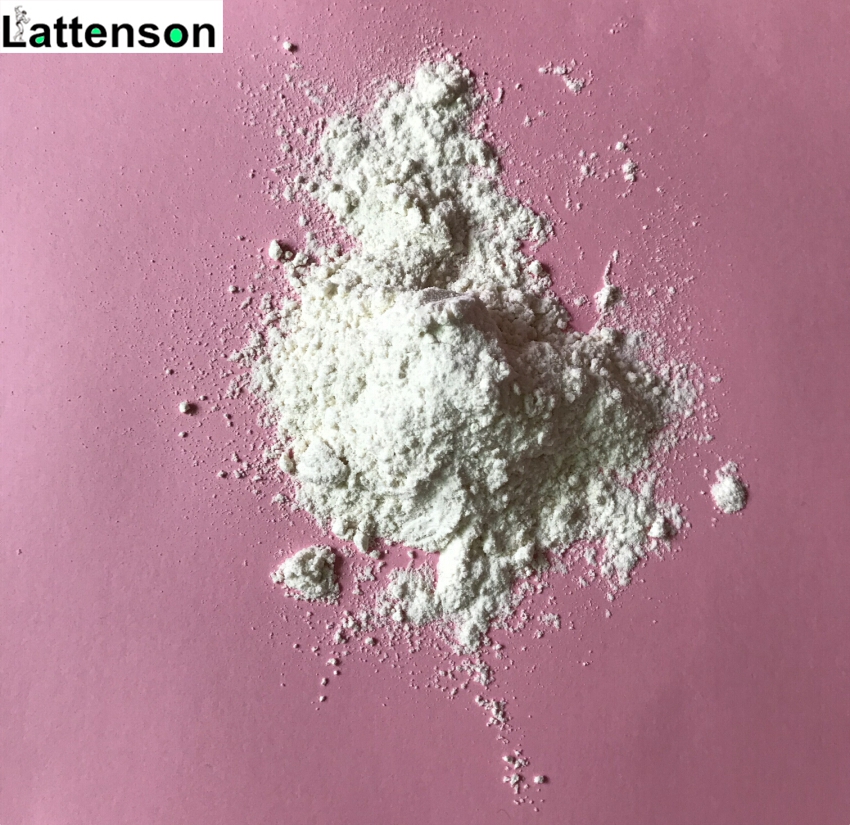
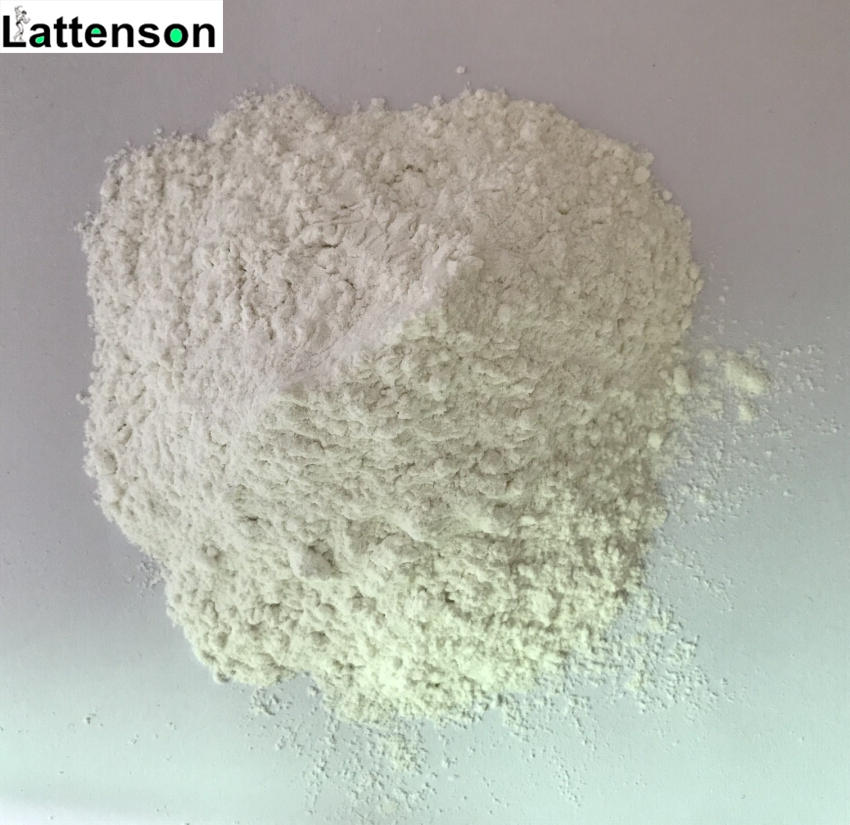
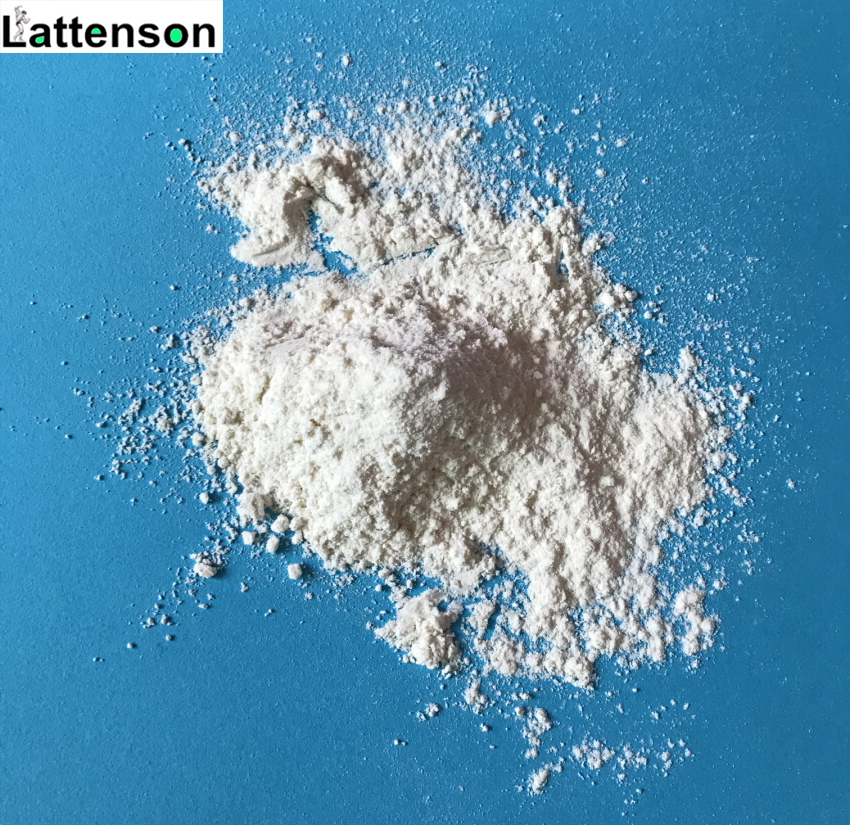



 Directeur commercial
Directeur commercial